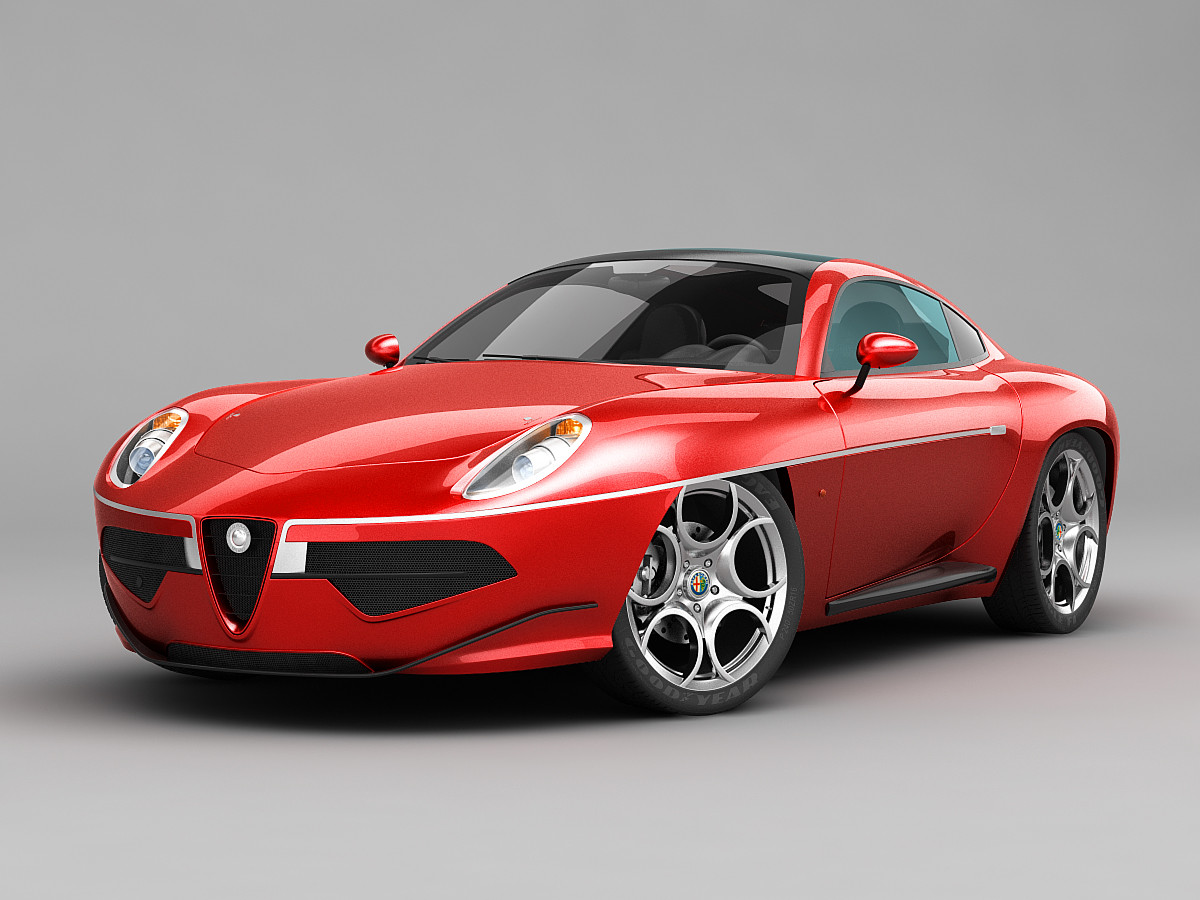

With six 48 DOM single-throat Weber carburettors, this version of the six developed 275 horsepower at 6500 rpm. The 6-cylinder engine now had a displacement of 3576cc obtained by increasing the 82.5 x 92 mm bore and stroke to 88 x 98 mm. The original plan to enter two cars at Le Mans in 1952 never materialized and in fact no Disco Volantes raced in competition until the 1953 Mille Miglia.įour "Disc" coupes were entered in that thousand-mile Italian classic, with Zehender driving a 4-cyl and Fangio, Kling and Sanesi in the sixes. These 4-cyl versions had a displacement of 1997cc accomplished by increasing the bore of the 1900cc four from 82.5 to 85 mm. Three slightly smaller Disco Volantes, two open models and a coupe, were also built. The design came from Alfa engineers Colombo and Satta, the bodies were built by Carrozzeria Touring and this model came to be known as the Disco Volante, or "flying saucer," because of the strange bodywork. The touring car version was never produced but six of these engines were built for a new lightweight racing car officially designated the 6C 3000 CM (for 6-cyl, 3000cc, Cortemaggiore). The 1900's 82.5-mm bore was retained but the stroke was increased from 88 to 92 mm, resulting in a displacement of 2995cc. The larger car's engine would not be based on the 1.3-litre Giulietta but on the already existing 1900cc four with two more cylinders added. In 1952, even before production began on the then new 1300cc Giulietta, Alfa Romeo already had plans to build a larger version with six cylinders - tentatively called the Giulia.


 0 kommentar(er)
0 kommentar(er)
